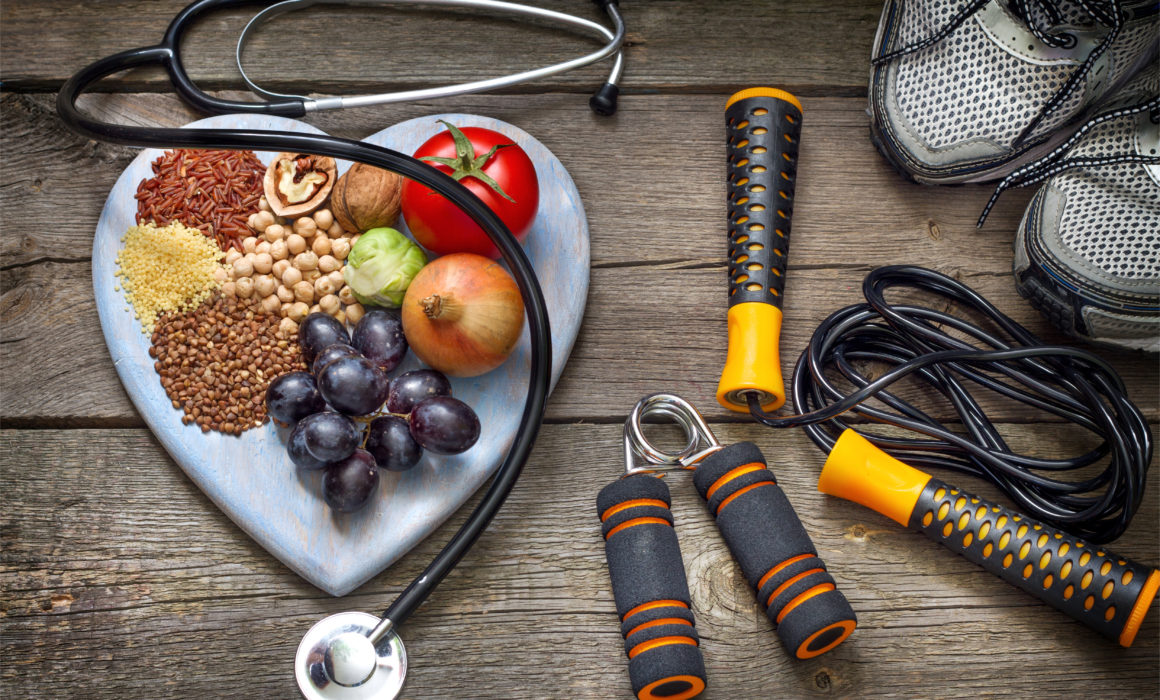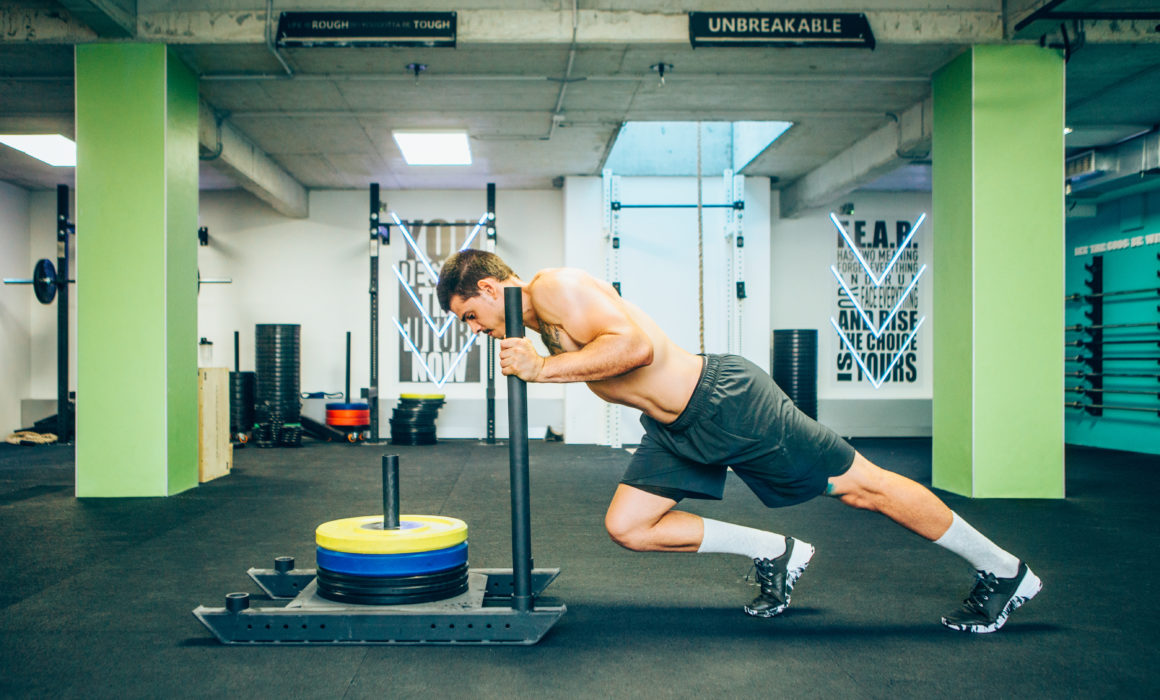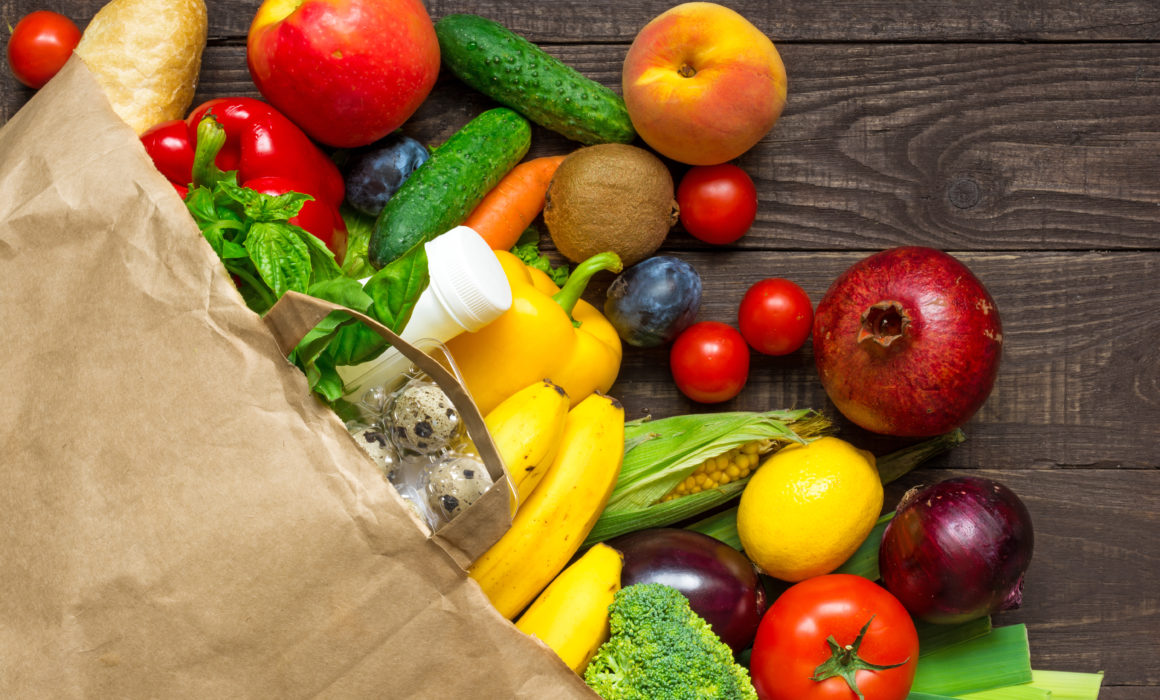Simple Nutrition Guide to Launch into a Healthy Lifestyle
A sound nutrition plan is all about energy balance. This is the relationship between calories in and calories out. Other key factors that contribute to launching a healthy lifestyle include macro and micro nutrients. These play a key role in your metabolism and hormones which contributes to how your body processes food for energy. This nutrition guide will help you launch into a healthy lifestyle whether your looking to lose weight, increase lean body mass, or just looking to improve your eating habits.
Purpose of Each Nutrient
- Carbohydrates for energy, cognitive function at work, primary fuel source, transports protein
- Fat for anti-inflammation, cell structure, brain development and nerve function
- Protein for recovery and repair of muscle tissue and cells, meal satiety
- Distribution/Timing of protein throughout the day is essential.
- Fiber for healthy digestive system, positive mood, efficient metabolism
- Establish balance with proper caloric deficit to have fueling that supports energy needed for workouts while making progress towards body composition
Hydration
- Proper hydration is critical for energy, nutrient absorption/digestion and mental clarity
- ~1 cup of fluids 15-20 minutes before exercise
- ~1 cup every 15-20 minutes during exercise
Identify Your Energy Needs

Breakfast Example
- 2 different servings of fruit.
- For example – 1 whole orange and 1 cup raspberries. It must be fresh or frozen.
- With 1/4 cup raw walnuts or 20 raw almonds.
- Plus 6 oz. plain Greek yogurt or 1/3 cup chickpeas or ½ cup quinoa.
- Drink 16 oz. of water or hot or iced tea or coffee.
Lunch Example
- Prepare a large salad with variety of veggies (aim for minimum of 3 different colors)
- (Combining bag salads works well. Be sure to include a dark green)
- Top with ¼ cup chopped walnuts, or 20 almonds or ¼ cup sunflower seeds
- Rebuild lean muscle w/ 1/3 cup beans (pinto, kidney, chickpea, black (rinse if canned)).
- Add 1 apple, diced with skin (or 1 serving any other fruit.)
- Have with 1 tablespoon of any salad dressing that you like – vinegar and olive oil or salsa are two options. Drink water or alternative beverage such as tea.
MOVE today!
- Get as much exercise as you can, preferably 1 hour of movement–walking, swimming, stationary bike, etc.
*If you get snackie during the afternoon, have 1 serving fresh fruit or more veggies.
Dinner Example
- Prepare stir fried vegetables (minimum of 3 colors and use a little olive oil)
- Top with ¼ cup sliced almonds, walnuts or sunflower seeds
- Power up with protein from 1/3 cup beans, rinsed (red, pinto, kidney, black.)
- Flavor the stir fry with fresh herbs and spices or spice mixes.
PM Snack
- Thaw ¾ cup berries and drizzle 1 small square melted dark chocolate on top.
- Key is having casein protein: cottage cheese, frozen Greek yogurt, protein shake, milk
Meal Guide
- Breakfast – Pick from each category:
- Energizing carb: black beans – whole wheat toast – sweet potato hash – oatmeal
- Lean protein: Greek yogurt – eggs – hemp seeds – turkey – protein powder
- Antioxidant fruits: blackberries – strawberries – blueberries – pineapple
- Lunch – Pick from each category:
- Lean meat: chicken – ground turkey – white fish
- Complex carb: quinoa – brown rice – sweet potato – whole wheat pasta – WG bread
- Vegetable: asparagus – broccoli – peppers – zucchini/squash – kale – and many more!
- Dinner – Pick from each category:
- Lean meat (5-6 days/wk): chicken – ground turkey – white fish
- High fat (omega) meat (1-2 days/wk): salmon – quality steak – tuna
Foods Supporting Digestive Health
- Ground flaxseed
- Kiwi
- Oatmeal
- Beans
- Kombucha or other fermented food (sauerkraut, kimchi, miso, kefir)
Anti-Inflamtory Foods
- Salmon
- Tuna
- Walnuts
- Pineapple
- Watermelon
- Tumeric
- Tart Cherry concentrate
Foods that Boost Fat Metabolism
- Red grapefruit
- Coffee (black)
- Lentils
- Water
- Whole grains high in B vitamins
Foods that Increase Endurance
- Spinach
- Beets
- Arugula
- Celery
- Potato starch
Foods that Support Immune Function
- Tomatoes
- Red Bell Pepper
- Citrus (oranges, lemons)
- Yogurt
- Green tea
- Ginger





